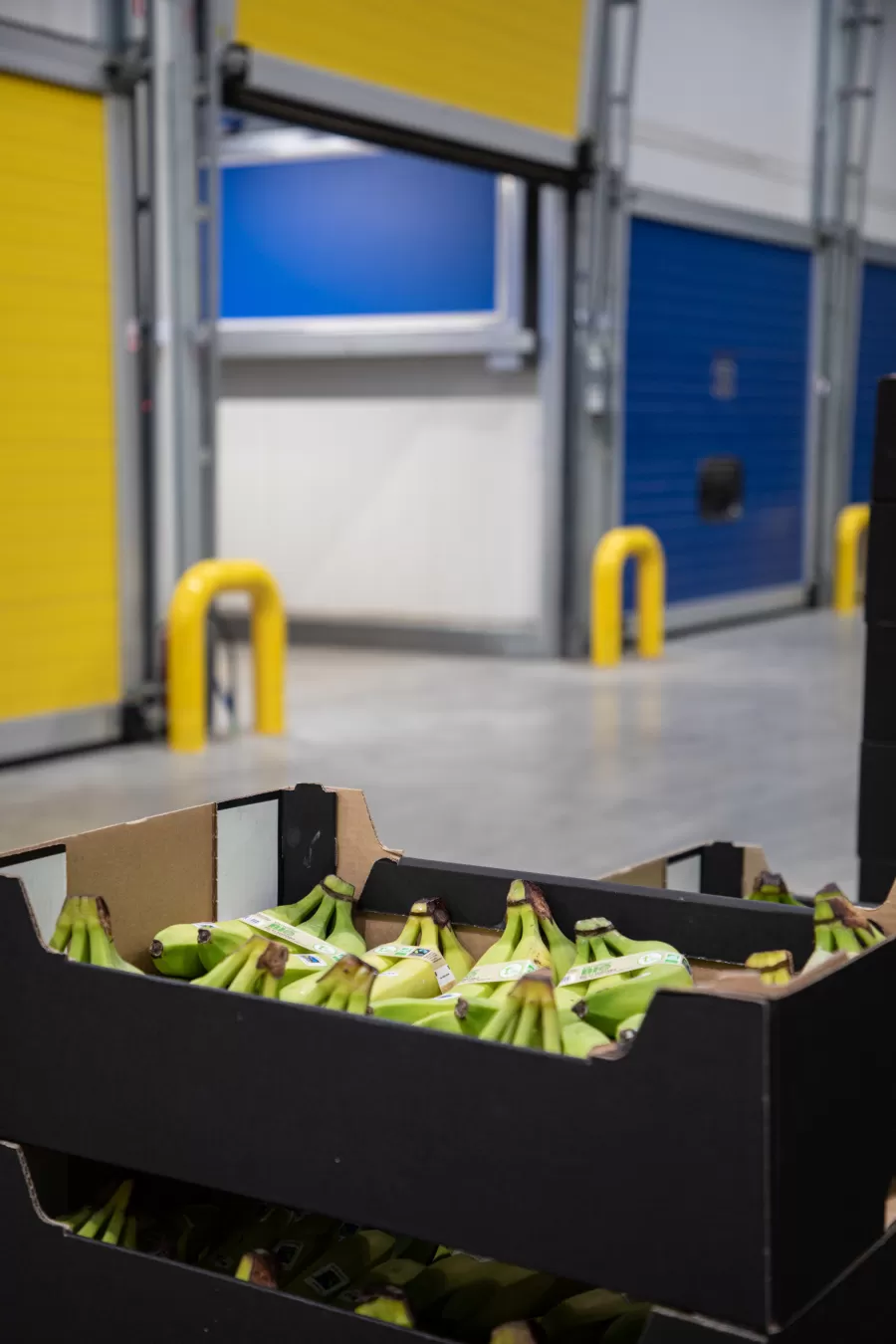
Most bananas that you find in European supermarkets, come from the tropical Central America and Caribbean. That is where bananas grow from huge banana plants, in large bunches up until 50 kilograms. This tropical climate however, also has a dark side for the ripening of bananas.
It is namely precisely those areas that are hit by destroying storms and hurricanes during every autumn (between August and November): think about hurricane Katrina, Dorian and Harvey. In 2017, around 60 percent of all banana harvests in the Dominican Republic were lost due to hurricane Irma.
A passing hurricane brings a lot of wind and precipitation, often in the form of a disastrous storm. The consequences of that are clearly visible upon the peel of a banana and upon its ripening behaviour. Because of this heavy wind, the fruit deals with much peel damage (also called ‘’scarring’’) as the leaves of the banana plants scrub against the vulnerable banana peels. Apart from that, bananas can contract more external damage during the rough ocean crossing to Europe.
Moreover, bananas will also suffer from many sorts of rotting and fungi, as these are able to more easily enter the fruit tissue through the damaged peel.

Next to a bigger chance upon scarring and fungi, the plentiful precipitation as a result of storms and hurricanes also brings another risk with regard to the harvesting of bananas. The increase in precipitation makes bananas grow faster, which means they more quickly reach the desired size for harvesting. Therefore, farmers will harvest the bananas sooner, making them harder to ripen any further after reaching Europe.
In case of plentiful precipitation with the consequence of the flooding of a plantation, it is crucial for this water surplus to disappear within 24 hours. If this is not the case, banana plants will starve within a few days. If that happens, the affected farmer will be confronted with several months of no income. Apart from that, he needs to deal with the additional costs of realizing a new plantation. In order to still ensure some of his income, the farmer will most probably try to save as many bananas which are (almost) ready to harvest as possible from the flooded plantation. This results in a high variety in quality and maturity within one batch of bananas being packaged and shipped. This manifests in colour irregularity of the bananas after ripening.
The aforementioned problems are obviously better to prevent than to cure. Therefore, always be alert in hurricane season while taking care of the following tips:
· Keep yourself informed on (upcoming) hurricanes in the Caribbean area;
· In case of receiving boxes with scratched sides, investigate whether there is no crown rot to be found;
· When finding rotten or mouldy bananas, remove them from the batch in order to prevent spreading of the mold during the ripening process.
Do you want to know more on how to deal with upcoming hurricane season? Please contact us, we are happy to help.